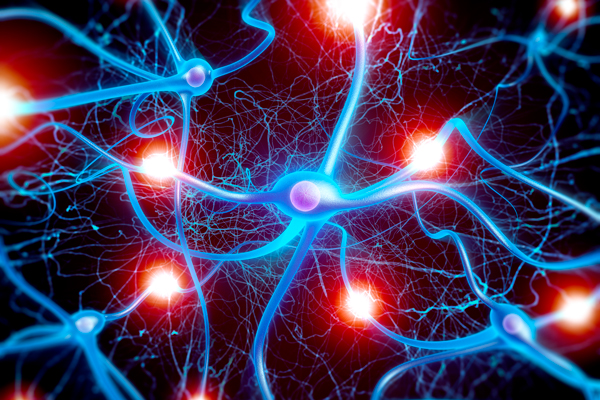New Delhi– A common but life-threatening medical emergency, a brain stroke can often lead to irreparable damage to your brain, body and quality of life. However, it is preventable to some extent.
“One may suffer from stroke if the blood supply to the part of your brain is reduced or interrupted, thereby preventing brain tissue from getting oxygen and nutrients. You will be shocked to know that the brain cells tend to die. Trouble in speaking and walking, paralysis, numbness of the face and legs, vision problem and headaches, are some of the signs of a stroke,” Dr. Shirish M Hastak, Regional Director, Neurology, Stroke and Neurocritical Care, Global Hospital told IANSlife.
Think FAST to identify the stroke.
F: Look for droopiness in face
A: Ask the person to raise their arms. See if it drifts downwards.
S: Look for slurred speech, and
T: Take the person to the hospital at the right time as a stroke is a medical emergency.
The difference between an ischemic and hemorrhagic stroke:
In an ischemic stroke, there is a block in the brain because of a clot inside the artery. Here, there is too little blood in the brain. It can be divided into two types that are embolus and thrombus. Normally, some clots are formed in the body, these clots are broken down by the body’s own mechanisms.
In some people, the clots can’t be broken down. Since they are not broken down, they may travel in the artery and go in the brain. It is called embolus in the brain. Whereas, if the clot is formed in the same site in the artery, and it blocks the same site then it is called the thrombus (formed at the local site).
A hemorrhagic stroke is when the arterial wall ruptures. Here, there is too much blood in the brain. It also means that the arterial wall is weak. If the wall is weak the arterial wall will rupture. There are two types of hemorrhagic strokes: first is the intracerebral haemorrhage: It is the most commonly occurring stroke. One may suffer from it when the artery in the brain bursts, flooding the surrounding tissue with blood. The second one is subarachnoid haemorrhage. One may suffer from it when there is bleeding in the area between the brain and the thin tissues that cover it.
What puts people at the stroke?
The underlined risk factors that predispose one to stroke are obesity, high blood pressure, age, a sedentary lifestyle (smoking, alcohol, faulty eating habits, lack of physical activity), diabetes and high cholesterol and lipid disorders can invite stroke.
How to minimize risk?
As per Dr Hastak, here is how you can minimise stroke risk.
Monitor your blood pressure, cholesterol and sugar levels from time to time.
Take the medications prescribed by your doctor.
Exercise on a daily basis: You can do aerobics, walking, cycling, swimming and any other activity of your choice. Opt for relaxation techniques such as yoga and meditation. Maintain an optimum weight.
Bid adieu to a sedentary lifestyle. Also, say NO to alcohol and smoking to cut down your risk of stroke.
Stick to a well-balanced diet: Include all the essential nutrients in your diet. Eat fresh fruits and vegetables, nuts and whole grains. Avoid eating salt, processed and junk food. Portion control is the key. So, eat smaller portions of food. Avoid overeating.
Did you know? Less cholesterol and fat intake, especially saturated fats and and trans fats, may help reduce the build-up in your arteries.
Do activities that you like such as listening to music, reading or gardening.
Doing so can help you relax and de-stress. (IANS)















